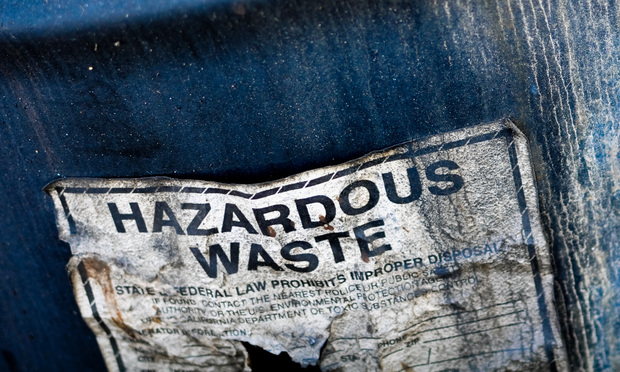The Toxic Substances Control Act (TSCA) has altered little since it was enacted almost 40 years ago. That may soon change, however. In response to state efforts to implement “green chemistry” regulations (and in particular, California’s Safe Consumer Products Act), Congress made a bipartisan effort in 2013 to reform TSCA and more substantially regulate chemical usage in the United States. Although that effort failed, two new competing bills have been introduced that address similar issues, but with very different approaches.
The Background
TSCA originally was enacted to assess risks from chemicals before they entered the marketplace, and to regulate those chemicals that presented an unreasonable risk to human health or the environment. However, over the course of its nearly 40-year history, TSCA’s glaring limitations have become more and more apparent. Most notably, evidence that a chemical poses a risk of unreasonable harm is required before the U.S. Environmental Protection Agency (EPA) may even initiate testing and, if appropriate, regulation. As a result of that high hurdle, very few chemicals have been regulated under TSCA.
This content has been archived. It is available through our partners, LexisNexis® and Bloomberg Law.
To view this content, please continue to their sites.
Not a Lexis Subscriber?
Subscribe Now
Not a Bloomberg Law Subscriber?
Subscribe Now
LexisNexis® and Bloomberg Law are third party online distributors of the broad collection of current and archived versions of ALM's legal news publications. LexisNexis® and Bloomberg Law customers are able to access and use ALM's content, including content from the National Law Journal, The American Lawyer, Legaltech News, The New York Law Journal, and Corporate Counsel, as well as other sources of legal information.
For questions call 1-877-256-2472 or contact us at [email protected]






